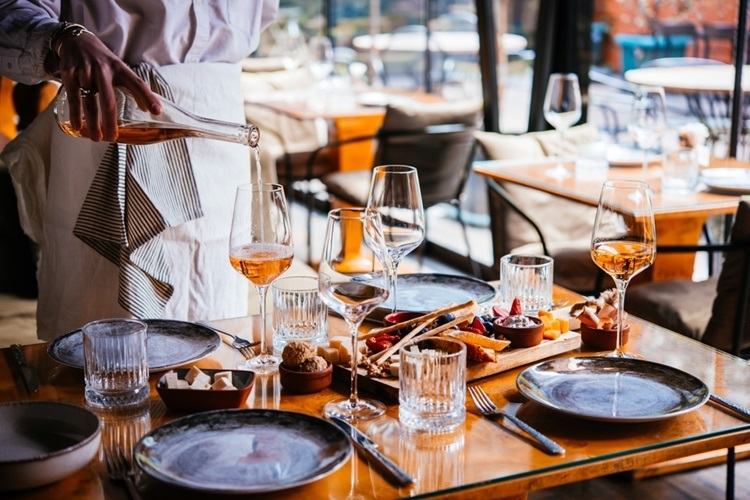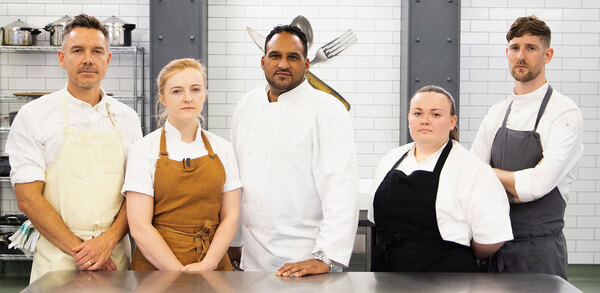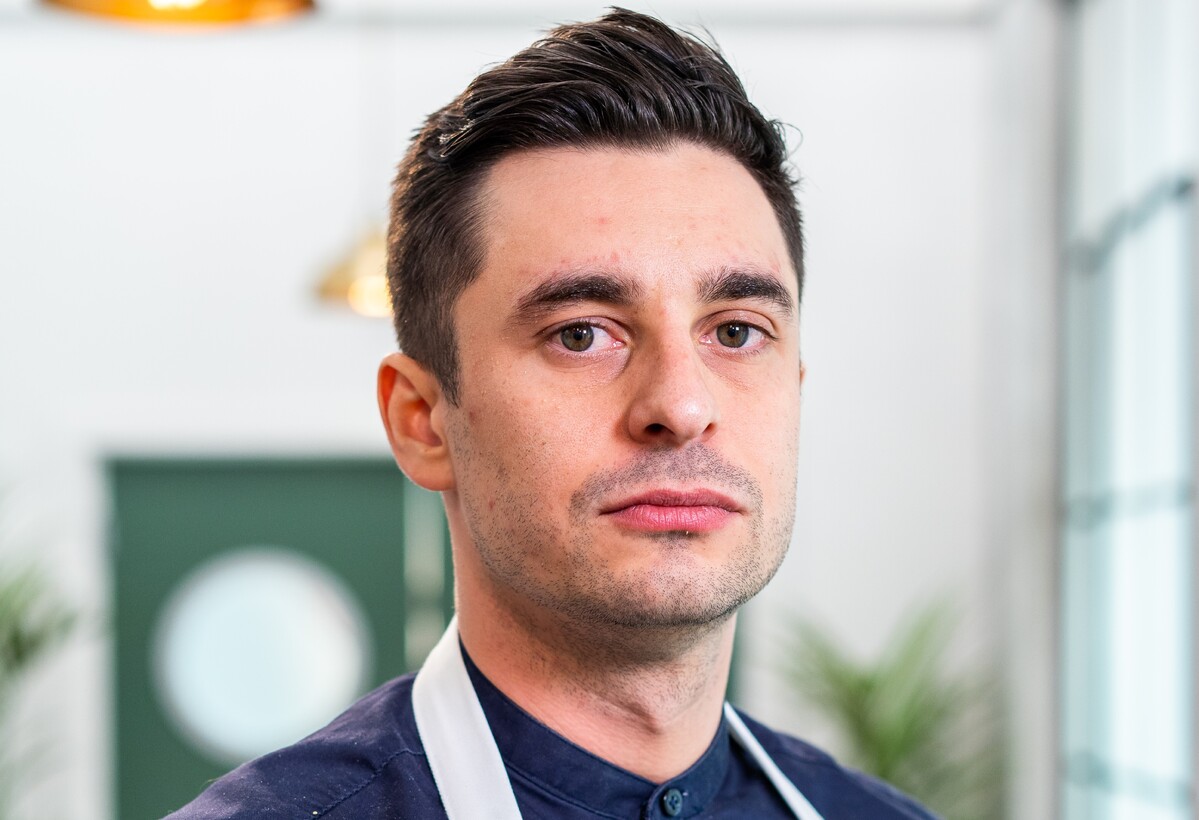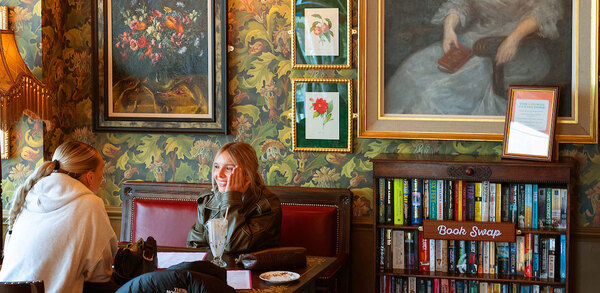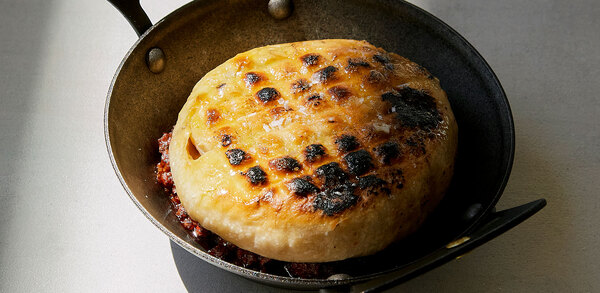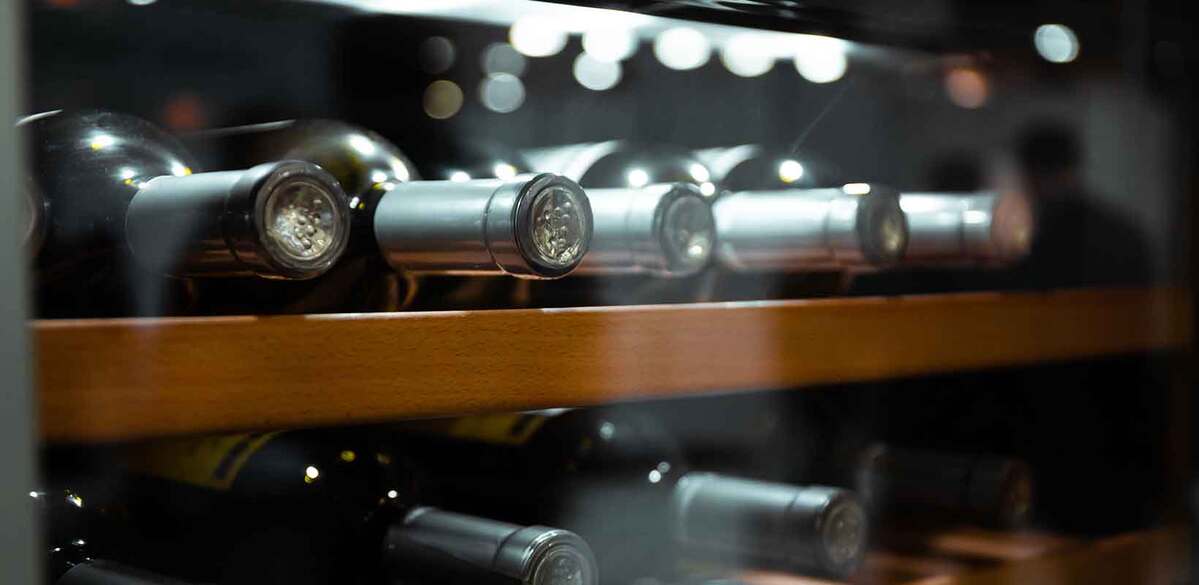London’s restaurant scene sees prolonged period of stagnant growth
The capital’s restaurant market is experiencing the longest prolonged period of stagnant growth in at least a quarter of a century, research by Harden’s Guide has shown.
The capital’s restaurant market is experiencing the longest prolonged period of stagnant growth in at least a quarter of a century, research by Harden’s Guide has shown.
Data released to mark the release of Harden’s London Restaurants 2025 has shown a sustained reduction in openings.
In 2015 3.2 restaurants opened for each site closed in London, but since 2018 the number of restaurants opening for each closure has not exceeded 1.6.
Peter Harden, editor and co-founder of the Harden’s guides, told The Caterer: “It is becoming increasingly clear that growth in London’s restaurants is stuck in low-gear and has been for some time.
“This trend was masked in part by the pandemic - low growth had seemed to be a consequence of Covid-19 from which recovery would be imminent - but it’s now becoming clear that it was reflective of something deeper.
“Now with our third year of data post-pandemic this is looking like a seven-year flatline.”
While there has been a reduction in openings, many of those entering the market have achieved high acclaim among the guide’s readers.
These include Akara, Arlington, Brooklands, Counter 71, Josephine, Kolae, Mambow, Morchella, Mountain, the Park, Pearly Queen, 64 Goodge Street and the Wolseley City.
It is noticeable that many of the successful openings highlighted are from established operators, suggesting that current trading conditions may be deterring new independent entrants.
Harden added: “I rather feel the people who are suffering are the smaller independents. That is the sector that’s the casualty at the moment and it’s no wonder why. It is increasingly hard to make a buck.”
Hospitality has seen a spate of closures in recent months as cost pressures continue to bite following the bruising years of the Covid-19 pandemic. These include Simon Wood’s Wood Manchester, Nick Nairn’s Nairn’s in Bridge of Allan, Stirling, as well as Liz Cottam’s Home and Michael O’Hare’s Psycho Sandbar, both in Leeds.
Earlier in the year other restaurants to shut their doors included Monica and David Galetti’s Mere and Michel Roux’s two-Michelin-starred Le Gavroche in London, as well as James Close’s two-Michelin-starred Raby Hunt in County Durham.
Harden said it was notable that even good and popular restaurants have struggled, setting this period aside from previous economic downturns.
He added: “If we go back to earlier recessions, it was notable that good restaurants did not close. At that time the London market was sufficiently low on quality that if you had a good restaurant people would find a path to your door.
“I think what’s happened in the interim is that the quality of offerings has gone up and up and up and now even if you’re a good restaurant your likely lifespan is lower because the level of competition is higher."
He added: “It’s important to not look at this too bleakly. The dining scene is still incredibly interesting and vibrant but renewal is a problem. In this unforgiving market, restaurants are getting a shorter period in the sun in which to make their mark and secure their future.
“But, we are seeing newcomers making an immediate impact, as demonstrated by The Devonshire in Soho which leapt straight to the top of this year’s Best Bar & Pub category. Compared to 30 years ago, we’re getting more quality openings but the market that they are entering is a harder one and how long they will endure is the big question.”
Harden’s London Restaurants 2025 is available in bookshops, including Waterstone’s and Amazon.com, as well as www.hardens.com, from today.
Photo: fornStudio/Shutterstock



